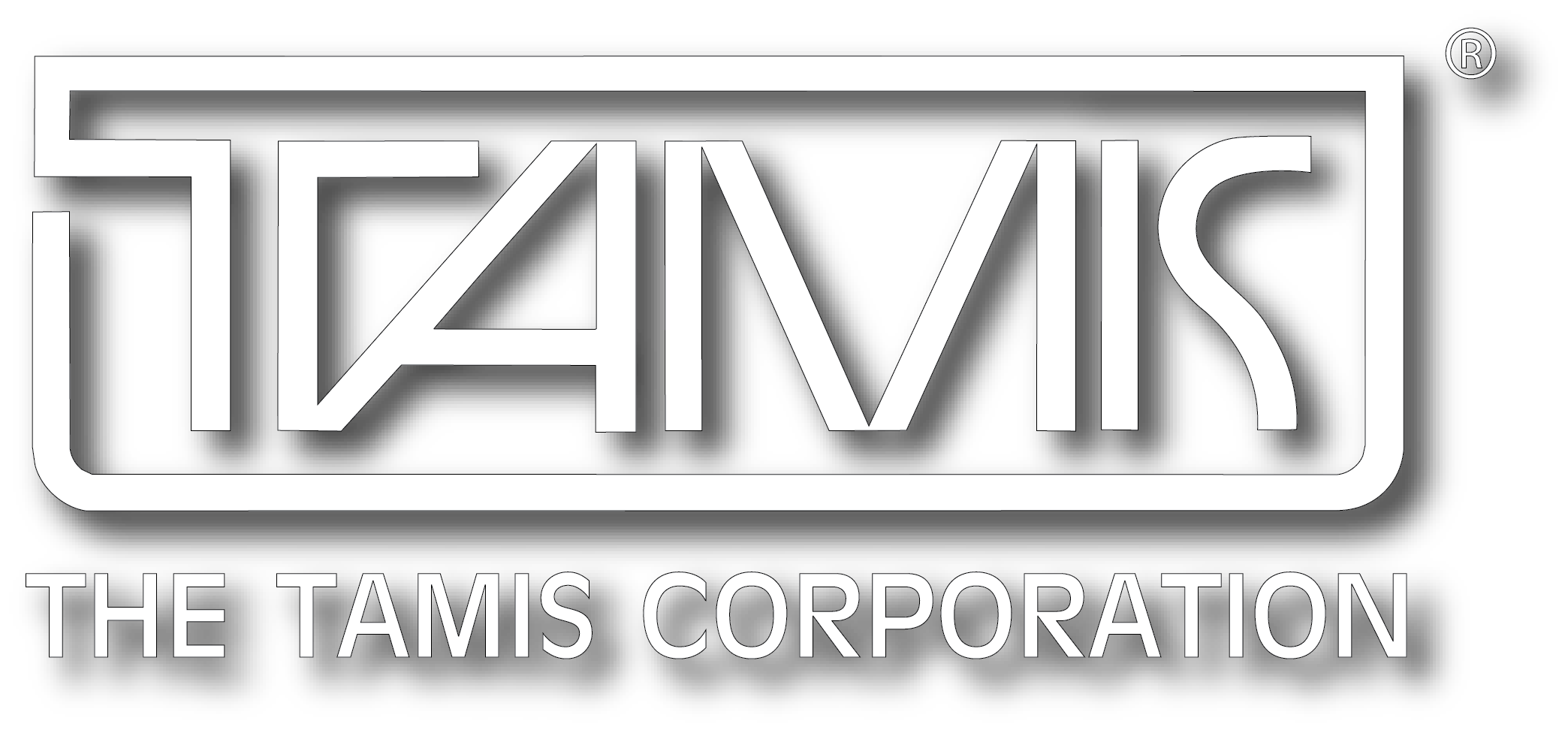Introduction
Turnstiles are used to control entry to a site or event. They restrict access to one individual at a time. This is especially important where fares, fees, or tickets are a prerequisite to entry.
From a business/revenue standpoint, turnstiles enable a venue to have an accurate, verifiable count of total attendance. From a security standpoint, they lead patrons to enter single-file, so security personnel have a clear view of each patron. This enables security to efficiently isolate potential trouble or to confiscate any prohibited materials. Thus, turnstiles are a tool which leads to a more safe and secure atmosphere throughout a site.
Where are turnstiles used?
Turnstiles are used at a wide variety of settings, including stadiums, amusement parks, museums, mass transit stations, office lobbies, retail sites, cafeterias, temporary exhibits, casinos, and souvenir stands, to name but a few.
Benefits of Turnstiles
Turnstiles discourage – and often prevent – any attempts (intentional or unintentional) at “free entry” into a site.
Turnstiles provide an accurate attendance count, which provides a venue or event with an indisputable number which can be provided to sponsors. Sponsors will have accurate information on the level of exposure their message received.
Likewise, turnstile counts can be used to match tickets collected. This increased accuracy provides better financial data.
When a site has turnstiles, fire marshals will have an accurate turnstile count (as opposed to an estimate), which prevents premature or disputed closings that could potentially limit a site’s revenue.
Types of turnstiles
There are three major styles of turnstiles:
Waist High: Sometimes also referred to as “half-height” turnstiles, this “fixed arm” style has traditionally been the most popular type of turnstile. There are many variations of this style available, including one which is designed to be accompanied by a matching ticket box, and one with a ticket box built in. Some styles are designed to allow entry only after a payment (actual coins or tokens) are inserted, while others allow access after a valid barcode is electronically read.
Optical: Optical turnstiles are an alternative to the traditional “arm”-style turnstile and are increasingly used in locations where a physical barrier is deemed unnecessary or unaesthetic. Optical turnstiles generally use an infrared beam to count patrons and recognize anyone attempting to enter a site without a valid entry pass.
Full Height: These seven-foot high turnstiles are most commonly used at sights where security is paramount to appearance, such as high-attendance stadiums or in commercial or industrial facilities. Operating in a manner similar to a revolving door, they allow only one entrance at a time, and eliminate the possibility (inherent in the waist-high style) of anyone jumping over a turnstile unit.
Considerations
When considering the purchase or use of turnstiles, here are some of the factors to take into account about the quality and dependability of the product:
Warranty: Does the supplier provide a warranty on all parts? You should strive for at least an 18-month warranty.
Maintenance: How much maintenance will be necessary on your end? Look for turnstiles which will be low maintenance (meaning that your only task will be to provide lubrication for the moving parts).
Construction: Particularly for the traditional waist-high turnstile styles, the turnstile cabinet should be fabricated from 14-16 gauge stainless steel.
Clean/aesthetic appearance: A concealed anchoring mechanism (which affixes the turnstile to the floor or the wall) will result in an unobtrusive look
Self-centering: A mechanism should automatically return the arm assembly to the home position, regardless of the force used to pass through the turnstile.
Lock-ability: Where tickets must be collected, the turnstile should feature knobs which can temporarily lock the turnstile during ticket verification. Turnstiles should also feature a lockable ticket collection compartment.
Conclusion
Turnstiles are used at numerous sites for the dual beneficial purposes of attendance accuracy and crowd control. There are a number of different styles designed to meet the varying needs of a wide array of venues. For any sites or events which require paid attendance, turnstiles are a necessary, efficient tool to ensure the accuracy of attendance information and revenue totals.
